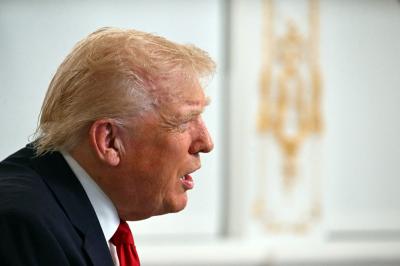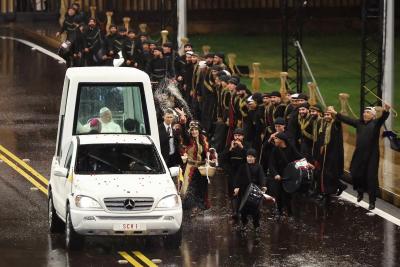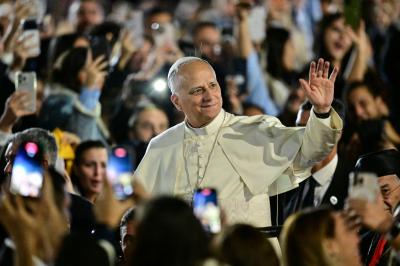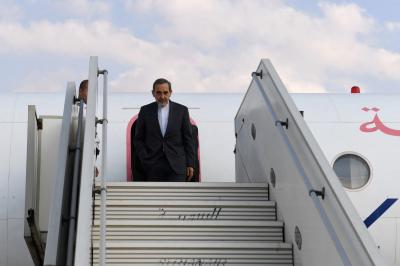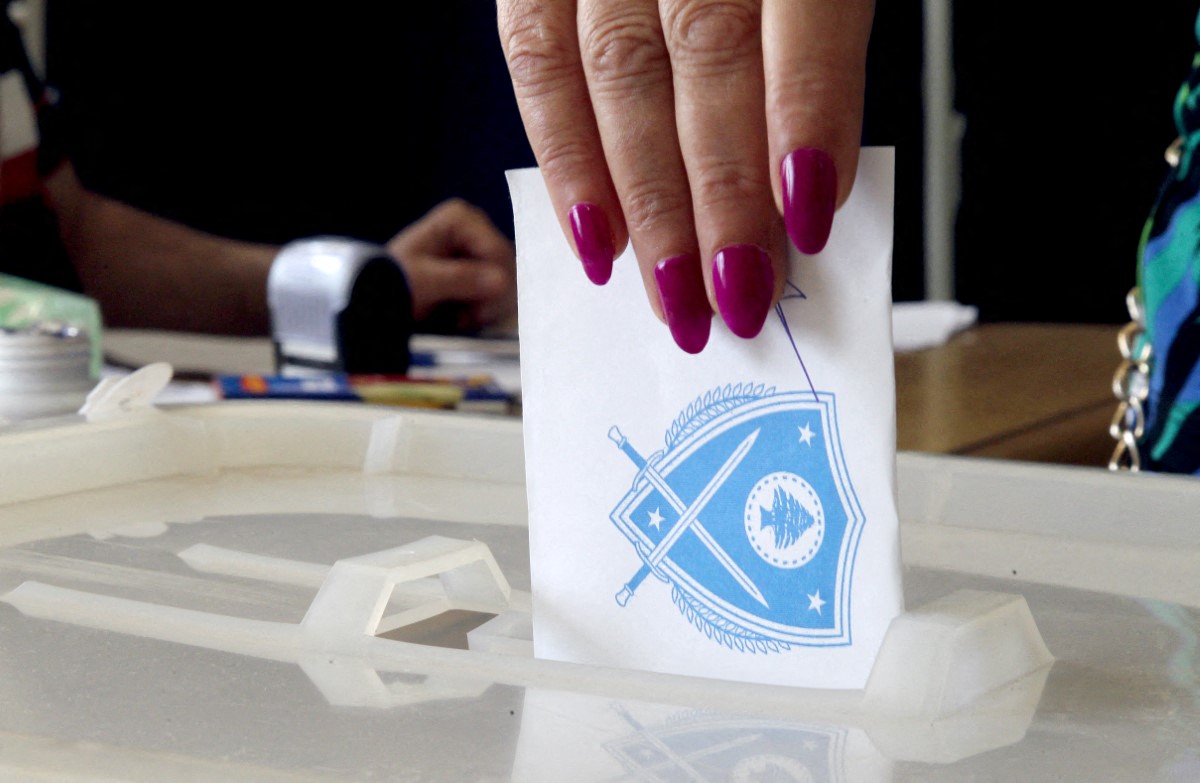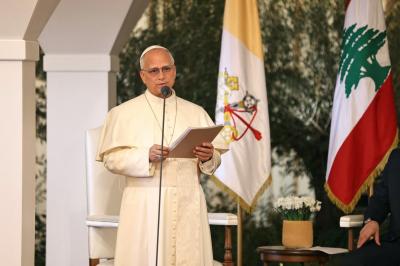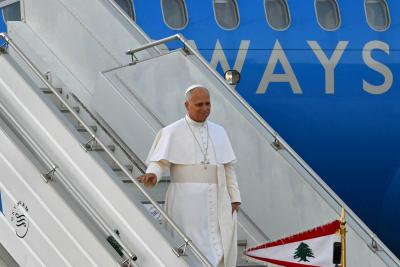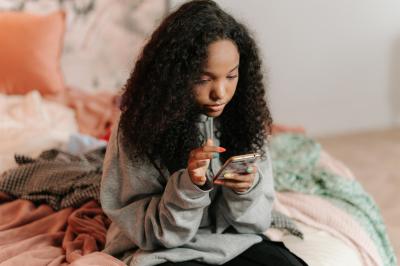As Lebanon’s 2025 municipal elections near their conclusion, critical questions are once again surfacing about the role of local media: is it treating the electoral process as a free space for expression and equal opportunity, or has it become a mirror of societal and political biases that marginalize women and exclude them from public attention?
Despite Lebanon’s reputation for media diversity—often cited as one of its defining characteristics compared to neighboring countries—field data and specialized reports point to a deeply rooted structural imbalance in how the media operates, particularly in its coverage of female candidates. The freedom that is supposed to empower the media to act as a watchdog and a pillar of democracy is, at times, reduced to a selective freedom serving specific agendas and perpetuating gender inequality.
Women Marginalized in the Media Landscape
A review of Lebanese media performance in previous elections reveals a persistent pattern of discrimination against women, despite the relative increase in female candidacies. Two studies by the Maharat Foundation on the 2018 and 2022 parliamentary elections highlight the disproportionate media coverage of female candidates: limited visibility in news and talk shows, and blatant neglect in major newspapers and platforms.
In 2022, for example, although women made up over 16% of total candidates, their representation in news bulletins did not exceed 5%, and only 18% in talk shows. This underscores the media’s failure to reflect the rise in numbers with proportional coverage. The spotlight remained largely fixed on male candidates, as if women’s participation in public affairs were still seen as a marginal event.
The Grip of Political Parties and the Power of Money
Media outlets in Lebanon are heavily influenced by political allegiances, and traditional parties are well aware of how to harness this to their advantage. In the 2022 elections, these forces accounted for over 95% of media exposure, while emerging actors—including female candidates—were confined to narrow margins. The same pattern was evident in 2018, reflecting a chronic imbalance in the relationship between media and power.
A striking feature of this coverage was the lack of voter education. Educational content made up a mere 0.13% of total election-related coverage, with zero inclusion of content aimed at people with disabilities. Talk shows became platforms for political stars rather than venues for inclusive debate.
Media Reinforcing Gender Stereotypes
Dr. Rita Chahine, a political science expert, told Safa News that “Lebanese media often falls into the trap of stereotypes. Instead of highlighting female candidates’ platforms and roles in local development, the spotlight is placed on their personal lives or familial roles. This approach not only contributes to media marginalization but also reinforces the perception that women are secondary players in politics.”
She added that “official coverage remains extremely limited, while social media campaigns depend mostly on the candidates’ efforts. Despite the digital skills and creativity of many female candidates, their outreach remains limited in the absence of institutional support.”
Money and Media Visibility: A Distorted Equation
According to rights activist Josephine Zgheib, money is the only ticket to media access. In a society where men dominate political and financial spheres, it is particularly difficult for women, especially those outside traditional parties—to fund their campaigns or buy advertising space. This economic gap translates into media invisibility, weakening public engagement with female candidates.
Speaking to Safa News, Zgheib stressed that “media outlets are far from the neutral platforms they claim to be. They are influenced by money, relationships, and power. With women largely excluded from economic and financial decision-making positions, they are denied the media presence they need, reinforcing their continued marginalization.”
Any Exceptions?
Despite this bleak outlook, there are some bright spots. According to journalist Diana Skaini, An-Nahar newspaper is seriously committed to balanced coverage that does not discriminate based on gender, instead focusing on the competence and programs of all candidates. Speaking to Safa News, Skaini said An-Nahar also works to promote gender awareness in its newsroom and adopts an inclusive editorial approach that respects diversity.
Although this stance remains the exception rather than the rule, it plants the seeds of potential change, proving that the media can indeed serve justice rather than discrimination—if it chooses to.
Civil Society: A Viable Alternative
In response to media imbalance, women’s rights groups and NGOs are stepping in. Some organizations have launched their own platforms to introduce voters to female candidates or fund campaigns to support them. One prominent initiative is Salma (Together for Equality), a joint project by the United Nations and Fifty-Fifty in partnership with the Canadian government. It aims to raise women’s representation in municipal councils to at least 30%, with a commitment to gender parity in mayoral and deputy mayoral roles.
Joelle Abou Farhat, head of Fifty-Fifty, told Safa News that the goal is not only to boost numbers but to integrate women into decision-making at the local level, ensuring inclusive development and true power-sharing.
Conclusion
Media, as much as it can mirror a free and pluralistic society, can also reinforce exclusion and reproduce inequality—unless structural reforms are enacted to realign its ethical and professional compass. What’s needed is not simply for women to “appear” in the media, but to be seen as legitimate political actors with vision, competence, and the capacity to lead change.
The 2025 municipal elections represent a crucial opportunity—and perhaps a real test—for Lebanese media: will it prove itself part of a reformist movement that uplifts women and promotes transparency, or will it continue to reflect a traditional balance of power marked by injustice and exclusion?
Please post your comments on:
comment@alsafanews.com
 Politics
Politics

